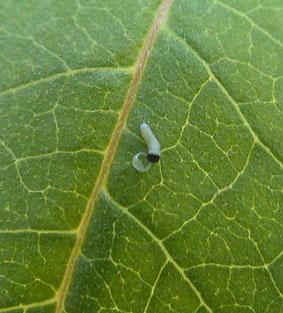Journey North is a contributory, crowdsourced citizen science program of the University of Wisconsin-Arboretum. Journey North’s mission is to engage a wide audience across North America in tracking migration and seasonal change to foster scientific understanding, environmental awareness and the land ethic. Journey North Monarchs & Milkweed Project invites participants from Canada, US and Mexico to submit observations on phenological events including migration and life cycle stages of project species. During the spring season, participants submit data on first arrival of monarchs; first emergence of milkweed, first sightings of monarch eggs and larva. In the summer, participants record the presence of adult monarchs, milkweed and breeding activity. In the fall, participants track peak migration and roost locations. Finally, during the winter months, participants are encouraged to submit presence of monarchs found beyond official sanctuary locations. In addition to the Monarchs & Milkweed Project, Journey North observers also help track the migration of Hummingbirds, Common Loons & Ice-Out, American Robins, Barn Swallows, Red-winged Blackbirds, and Baltimore and Bullock’s Orioles. Journey North also runs two educational projects: Tulip Test Garden and Symbolic Migration.
The Symbolic Migration project is a partnership project between Journey North, a program of the University of Wisconsin-Madison Arboretum, and Monarchs Across Georgia, a committee of The Environmental Education Alliance of Georgia, a 501(c)(3) organization. Journey North manages the interactive Symbolic Migration Participant Maps and hosts all educational materials on the Journey North website. Monarchs Across Georgia administers the program and is responsible for all fundraising.

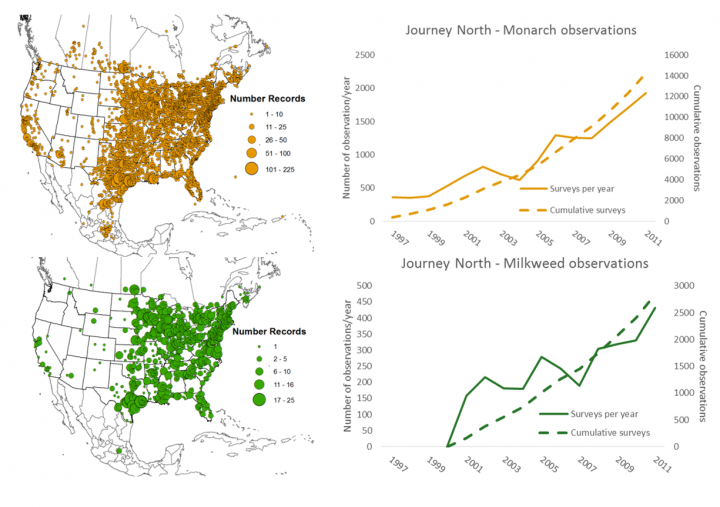
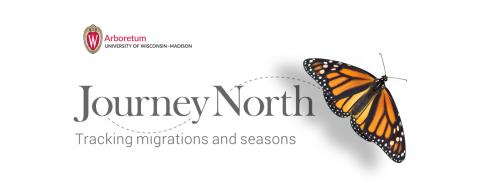
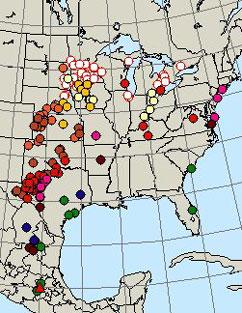 ,
, 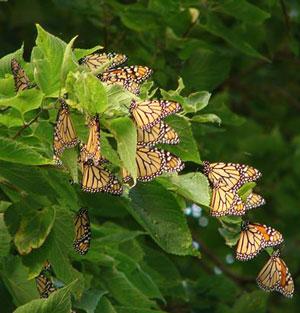 ,
, 